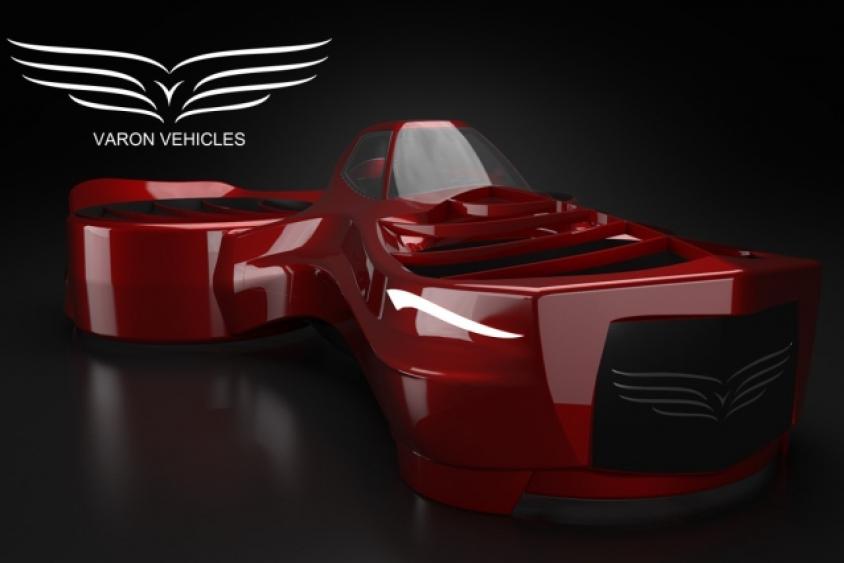One man’s flying car dream is taking off, thanks to MIT

Felipe Varon uses knowledge gained from MIT Professional Education to improve his invention; hopes cars might service areas with low access to food and supplies.
Most children dream about fabulous flying machines. For electrical engineer Felipe Varon, it was a flying car. Now, a prototype he's developed is making test flights in his native Colombia, thanks to his experience with MIT Professional Education.
“As a child, I dreamed about flying,” says Varon, a graduate of MIT Professional Education’s Professional Certificate Program in Innovation and Technology. “But I don’t want just a cool toy. I want something with social impact to help people and cities. Something people can use today, not in some future time.”
Varon says MIT Professional Education (PE) provided the knowledge, training, and ideas he needed to upscale his invention in size, power and capability, and for strategies to finance, market, and mass produce it. In 2018, he completed courses including Beyond Smart Cities and Radical Innovation, Mastering Innovation and Design-Thinking, and Precision Engineering Principles for Mechanical Design.
MIT PE Executive Director Bhaskar Pant says entrepreneurs and innovators like Varon “are at the heart of our student population.”
“He is a great example of how people use knowledge gained from our certificate programs to drive innovation and leadership towards meaningful change,” Pant says.
A flying car was the subject of Varon’s 2006 graduate thesis at the Universidad Externo de Colombia.
“I put together this machine,” he says. “I knew a motor and propellers could make it fly, kind of like a table with four legs.”
Varon could be describing a drone, and the skies were already full of them. But he took drone technology to the next level. The company he founded with two partners, Varon Vehicles Corporation, built a prototype flying car designed to travel in its own lane, at low altitudes, safely clear of both land-bound and aeronautic traffic.
The car looks like a shiny red, two-seated blend of a Batmobile and Agent 007’s Aston Martin. The vehicle is entirely electric, with neither wheels nor wings, and Varon’s company logo — a multi-layered “V” — on the hood.
“It’s very simple,” he says. “It doesn’t have any dials, buttons or strange pilot stuff. It steers just like a car. We’re trying to make it drivable by anybody. A computer does all the work.”
The design of the car has the sheen of power and luxury, which belies the high-flying altruistic purposes Varon and his partners foresee for their low-flying dream pod.
“We’re not focused on designing and building flying cars to sell them,” Varon says. “It would be for a service. And if I can get away with it, I would like the service to be free.”
He says it could go where traffic and congestion are a problem, or there’s a lack of public transportation.
“In developing countries, you have areas with low accessibility, low quality of life,” he says. “Nutritious food and other necessities can’t get to those in need. It would take an hour and a half to reach them. A flying car would take only 17 to 20 minutes.”
Varon and his partners did a soft-launch for the prototype in Colombia and received positive feedback. He says he’s also been invited to launch it in European countries and is in conversation with aeronautical regulatory authorities there. Similarly, he hopes to approach the Federal Aviation Administration in the U.S., and is looking at a possible test site in Texas.
“We’ve tried to identify a market niche within an industry that hasn’t even appeared yet,” Varon says.
Varon is still searching for a clean power source.
“We’re clean at the point where we charge,” he says, “but what happens behind the grid?”
He envisions someday sharing assets with a hydro-electric power entity. “We don’t want to have a (negative) environmental impact,” he says. “We want to have a favorable social and economic impact, even providing jobs. We’re going to have a fleet of cars, so we’re going to need a fleet of drivers.”
Source: MIT News


